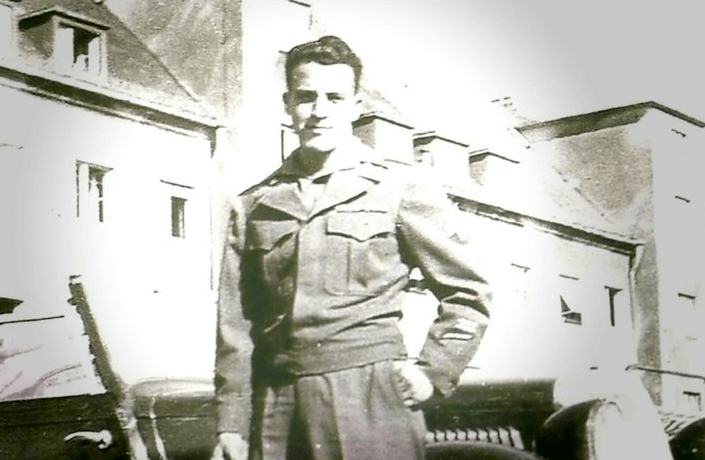STUDENT RESOURCES
Retirement/Nursing homes – As their generation continues to age, many WW2 veterans are moving to residential facilities. Volunteering at a retirement community provides access to people who participated in the war effort.
The U.S. Department of Veterans Affairs – When veterans need help, they go to the VA. Many communities have an active arm of the VA, offering support for the men and women who helped keep our country free. Spending time at the nearest VA facility is an excellent way to get in touch with the local veteran community. Staff members will be able to direct you to other opportunities to meet veterans. An excellent starting point is www.VA.gov.
Veterans Organizations – American Legion, it is the largest veterans service organization with over 2.5 million members. You can get in contact with a post near you at www.legion.org Other organizations to look into are the National Association of American Veterans – www.naavets.org. and the U.S.N. Armed Guard World War II Veterans Association – www.armed-guard.com/
Social Networks – If you do not know a veteran, someone you know does. Ask friends and family to identify WWII veterans for you.
LAND AN INTERVIEW
Prepare a letter of introduction – who you are, why you want to interview them, and what will be done with the interview. Close the letter with a phone number to reach you at and promise to call the veteran by a certain date.
Make the follow-up call to discuss the interview with the veteran. Repeat who you are and why you are interested in interviewing them. If they decline an interview, ask them if they know any veterans who would be willing to be interviewed.
If they agree to an interview, set a time, date, and place that works for the veteran. They may not be as mobile as you are so try accommodate their schedule.
PREPARE FOR THE INTERVIEW
Complete a pre-interview with the interviewee to learn biographical information. See the sample questionnaire. Research key battles associated with the veteran’s service.
Ask the interviewee to bring letters, materials, and photographs to the interview.
Talk with your subject and get comfortable. This will help the filmed interview go smoothly.
Join Today!
Sign up and get started below.
[mc4wp_form id=”9174″]

WWII Veteran Francis “Jeep” Sanza, Gen. Patton’s Jeep driver.
PREPARE THE INTERVIEW AREA FOR FILMING
Choose a quiet area with soft surfaces. Avoid areas with background noises such as bells, air conditioners, television, radio, or people talking. Turn all cell phones to “silent” mode.
Sit the interviewee in a stationary seat with good lighting. Avoid sitting the subject in front of a window. Focus the camera on the upper body of the interviewee. Do not use the zoom on the camera.
Never film a subject right up against a wall. Allow at least a three- to five-foot distance between them and the wall. This helps prevent the person’s shadow from appearing on the wall or surface behind them.
Frame the person using negative space, which means having the interviewie’s face fill roughly one-third of the screen while the background fills the other two-thirds of the screen. The camera lens should be at the same level as your subject’s eyes.
The interviewer should be asking questions from right next to the camera lens and at the same level as the lens. Set the microphone off-camera, six to twelve inches away from the interviewee.
Test all audio and visual recording devices and make sure the sound is at the appropriate level.
ACE THE INTERVIEW
Keep your questions open-ended. Encourage the subject to open up about his or her past.
Keep your comments to a minimum. The interview is not about you.
Keep the interview going. Gently prod to keep the story going by asking, “Then what happened?”
Begin the interview (important)
START THE INTERVIEW BY ANNOUNCING:
The name of the veteran, their birthdate, war served in, branch of service, and their highest rank achieved.
Date and place (town and state) of the recording.
The interviewer’s name and relationship, if any, to the veteran. Include the name of anyone present assisting with the interview.











